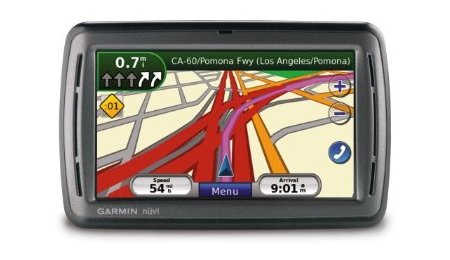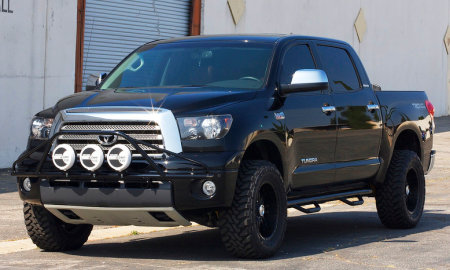 All Entries Tagged With: "buyer’s guide"
All Entries Tagged With: "buyer’s guide"
2009 GPS Unit Buyers Guide Part Two – Top Portable GPS Units
If there is one characteristic that all of the best-selling portable GPS devices share, it is uniformity. In terms of shape and size, most GPS units look very, very similar, and as discussed in the first part of this two-part portable GPS buying guide, all of these portable GPS units offer very similar functionality.
The portable GPS industry is dominated by two companies: Garmin and TomTom. In fact, of the devices we examined, all but one were produced by Garmin. As such, we’ll analyze Garmin’s offerings first, arranged in descending order by price.
2009 Portable GPS Unit Buyer’s Guide – Part One
Back in the old days – a.k.a. the days before GPS – when you needed to go somewhere you’d never been before there was a process you had to follow. First, you’d ask whoever it was that you were meeting for directions. Next, you’d consult a road atlas or a map. Finally, just in case you got lost, you’d be sure to write down a phone number.
How *did* we survive? 🙂
OK OK, you don’t need GPS…but it sure is nice. GPS navigation systems save time and trouble, and more and more they can be found in cars, computers, and cell phones. While GPS enabled cell-phones are growing dramatically, the most popular GPS navigation option is a portable, dedicated unit. Ranging from $100 to $400, dedicated portable GPS units are a nice accessory for vehicles and a popular holiday gift.
Thus, our buyer’s guide. In part one of this two-part guide, we’ll break down the key features offered on most GPS portable units. In part two, we’ll evaluate some specific models that are popular right now and offer some recommendations. Here we go…
Off-Road Tire Basics and Buyer’s Guide
As with most specialty tires, when you’re looking to purchase a set of off-road tires, a lot of the knowledge you might have about standard street tires simply won’t apply. The tread styles, construction and size of off-road tires are quite different than what most people are used to, and it’s helpful to take a quick look at the basics of off-road tire design before heading to the local tire and wheel shop to have a set installed.
Almost everyone is familiar with the look of off-road tires – tall and aggressive. Even tires that are meant to fit on rims as small as 15 inches can be 30 or 33 inches in height (visit TireRack.com to see exactly which tire sizes will fit on your Tundra). A common misconception with larger tires is that the giant sizes are meant to provide extra grip and traction. While there is an off-road benefit in a tall sidewall (especially when you make the tire pressure artificially low), the main benefit to over-sized tires is that they get your truck up in the air as much as possible and boost ground clearance.
When it comes to boosting traction, there are two aspects of off-road tire design to consider: tread type and tire construction.
Search terms people used to find this page:
- tundraheadquarters



